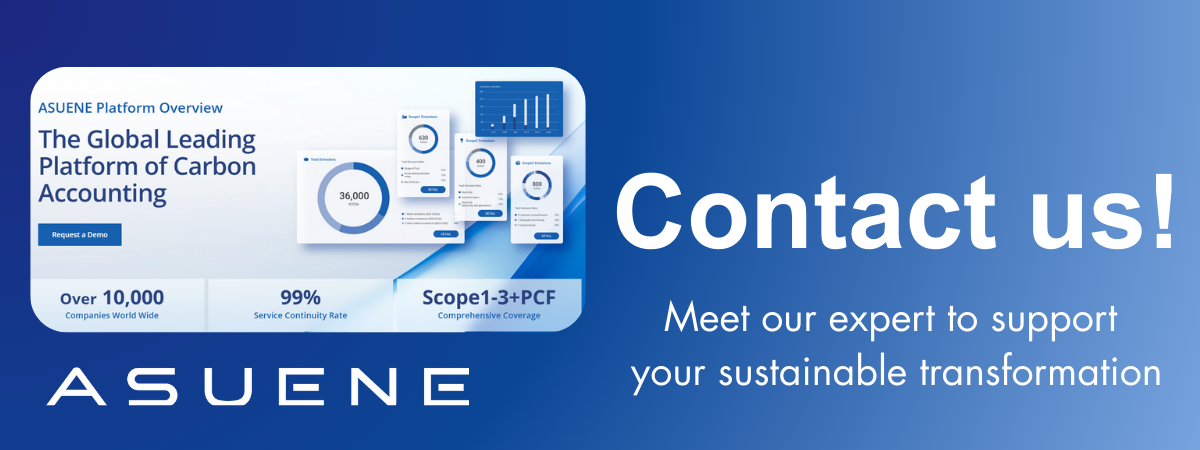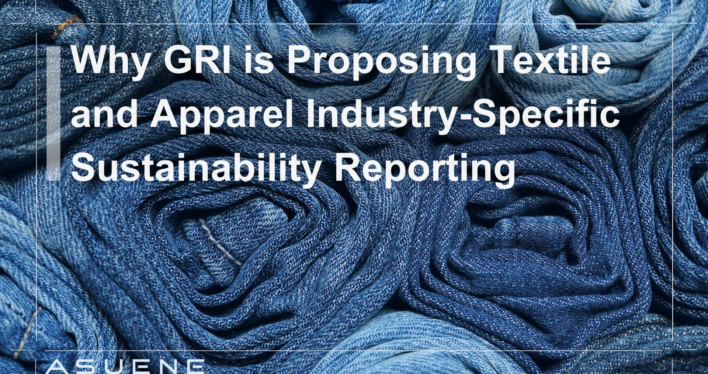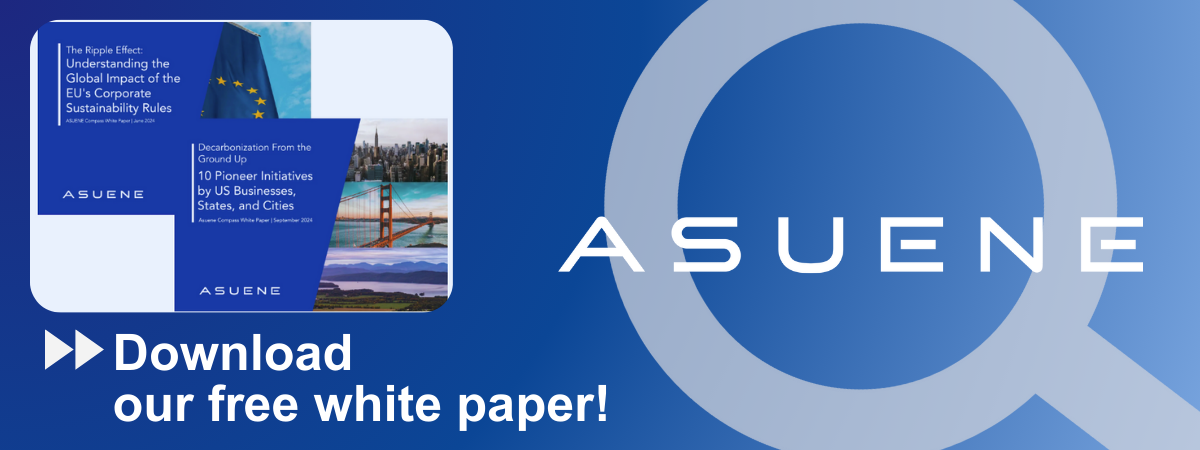- Article Summary
-
Introduction: The Urgent Need for Sector-Specific ESG Reporting
The textile and apparel industry is one of the most environmentally and socially impactful sectors in the global economy. From carbon-intensive manufacturing to exploitative labor practices, fashion’s footprint spans the globe. Despite growing interest in sustainable fashion, consistent and comparable environmental, social, and governance (ESG) data remains elusive.
The Global Reporting Initiative (GRI) is an independent international organization that helps businesses and governments worldwide understand and communicate their sustainability impacts. Through its globally recognized framework, GRI promotes transparency and accountability in ESG performance, encouraging organizations to disclose how they contribute to sustainable development.
In response to the lack of consistent and industry-relevant sustainability data in fashion, the GRI has proposed a new sector-specific sustainability reporting standard for textile and apparel. This draft, opened for global public consultation in July 2025, aims to enhance accountability and transparency across the fashion value chain, ranging from fiber sourcing to post-consumer waste. With this move, GRI underscores the importance of tailored ESG reporting to drive real impact in high-risk, high-visibility industries.
The Global Impact of the Textile and Apparel Industry
The textile and apparel sector is responsible for:
- 8–10% of global carbon emissions
- 20% of global wastewater
- Massive use of non-renewable resources
- Widespread labor violations, including child labor, forced labor, and unsafe conditions
These impacts are intensified by the fast fashion model, which encourages overproduction and overconsumption. While some brands have begun disclosing ESG metrics, inconsistent reporting practices make it difficult for investors, consumers, and regulators to assess risks or progress.

Why a Tailored GRI Standard is Critical for the Textile Sector
The existing GRI Universal Standards provide a solid foundation for sustainability reporting, but they fall short when it comes to addressing the unique ESG challenges in the textile and apparel industry. For instance, the sector is heavily affected by the environmental impacts of fiber sourcing, with different materials like cotton, polyester, and wool having vastly different ecological footprints. Furthermore, much of the industry’s manufacturing is subcontracted to facilities in low-cost regions, where labor conditions can be difficult to monitor and often raise concerns around safety, wages, and workers’ rights.
Another critical issue is the industry’s contribution to Scope 3 emissions, which may account for up to 90 percent of a fashion brand’s carbon footprint when considering transportation, supplier activities, and consumer use. Additionally, the sector is characterized by intensive use of chemicals and water, particularly in the dyeing and finishing stages, which presents serious environmental management challenges. These complexities make the case for a sector-specific standard that directly addresses these risks and nuances.
The proposed GRI Textile and Apparel Standard addresses these issues head-on, introducing industry-specific disclosures that enable companies to report on their full value chain with greater precision and relevance.
These disclosures cover:
- Raw material production: agricultural and synthetic fibers, animal-based materials
- Processing and manufacturing: spinning, dyeing, finishing, sewing
- Use phase: energy and water use during garment washing, longevity
- End-of-life: recycling, landfill, circular economy efforts
How the Textile Standard Enhances Existing GRI Reporting:
| Reporting Area | General GRI Standards | Proposed GRI Textile Standard Highlights |
|---|---|---|
| Labor Rights | General human rights | Subcontractor risks, gender-specific issues |
| Water Use | Volume of use | Type, source, recycling rate |
| Emissions | Scope 1 & 2 focus | Scope 3 from suppliers, transport, consumer use |
| Materials | Not detailed | Breakdown by fiber type, sourcing practices |
| Chemicals & Wastewater | Not mandatory | Full disclosure of dyeing, treatment, and disposal |
By aligning with international frameworks like the OECD Guidelines, UNGPs, and SDG 12, the new standard ensures that brands can meet rising regulatory demands while demonstrating authentic ESG leadership.
Stakeholder Involvement and the Public Consultation Process
The GRI’s standard-setting process is rooted in multi-stakeholder participation. For the textile and apparel sector, this includes:
- Global brands (e.g., H&M, Patagonia, Adidas)
- Suppliers and manufacturers in Asia, Africa, and Latin America
- Labor unions and human rights organizations
- Environmental NGOs
- Institutional investors and ESG analysts
Consultation Timeline:
- Draft Release: July 10, 2025
- Public Consultation Deadline: October 2025
- Final Standard Release (Planned): Mid-2026
Stakeholders are invited to provide feedback through GRI’s online portal, webinars, and industry roundtables.
Conclusion: A Turning Point for Fashion Sustainability Reporting
GRI’s proposed textile and apparel standard comes at a critical moment. With regulatory pressure mounting from frameworks like the EU Corporate Sustainability Reporting Directive (CSRD) and rising investor scrutiny, brands must move beyond vague claims and deliver verified, comparable ESG data.
The textile-specific GRI standard is expected to significantly improve the quality and consistency of ESG disclosures within the fashion industry. By introducing tailored metrics and reporting requirements, it aims to ensure that companies provide accurate and comparable data across the value chain. This enhanced transparency will support both regulatory compliance and investor due diligence, offering stakeholders a clearer understanding of corporate sustainability practices. In addition, it will empower consumers to make informed decisions and encourage brands to adopt longer-term sustainability strategies that go beyond marketing claims.
As the consultation window remains open, it’s vital for brands, suppliers, advocacy groups, and consumers to participate. The success of this standard hinges on the very collaboration and accountability it seeks to promote.
Why Work with ASUENE Inc.?
Asuene is a key player in carbon accounting, offering a comprehensive platform that measures, reduces, and reports emissions. Asuene serves over 10,000 clients worldwide, providing an all-in-one solution that integrates GHG accounting, ESG supply chain management, a Carbon Credit exchange platform, and third-party verification.
ASUENE supports companies in achieving net-zero goals through advanced technology, consulting services, and an extensive network.


